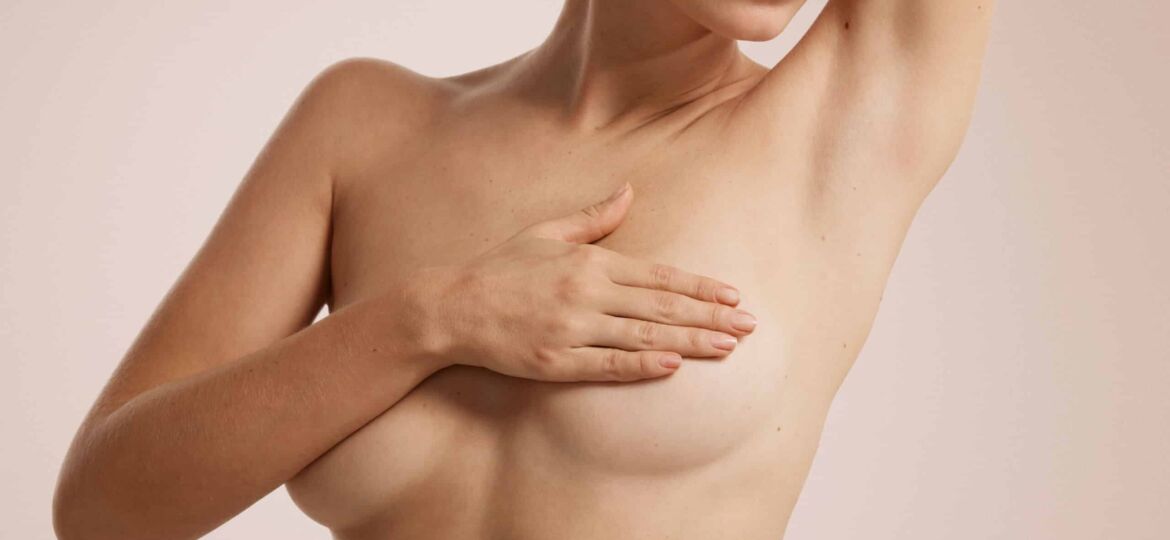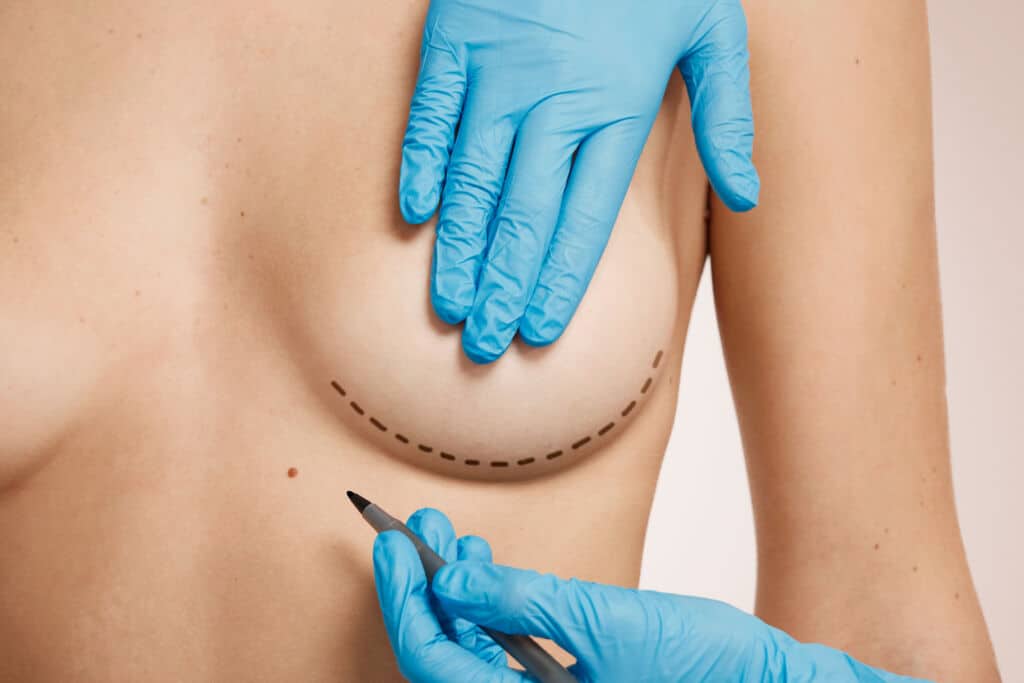
Breast Implants and Scarring: Essential Insights for a Confident Recovery
Navigating the world of breast implants can be both exciting and overwhelming. As many women pursue this journey for enhanced confidence and self-expression, understanding the intricacies of scarring and recovery is essential. Scars are an inevitable part of the process, but they don’t have to define your experience.
With the right insights, you can embrace your transformation with poise and clarity. In this article, we will delve into essential aspects of breast implants and scarring, providing you with expert tips and practical advice to ensure a smoother, more confident recovery.
Understanding Breast Implants: Types and Procedures
Breast implants have come a long way since their inception, offering a variety of options to suit individual preferences and body types. The two primary types of breast implants are saline and silicone. Saline implants are filled with sterile saltwater, which the body can safely absorb in the event of a rupture. Silicone implants, on the other hand, are filled with a cohesive silicone gel that mimics the feel of natural breast tissue. Within these categories, there are further variations such as round or anatomical shapes, and smooth or textured surfaces, each providing different aesthetic outcomes.
The procedures for breast augmentation typically involve making an incision, creating a pocket in the breast tissue or chest muscle, and placing the implant in the pocket. The placement of the implant can be submuscular (beneath the chest muscle) or subglandular (above the chest muscle), with each method having its pros and cons. Submuscular placement is often preferred for a more natural look and reduced risk of rippling, while subglandular placement can result in a shorter recovery time. The choice of procedure depends on various factors, including the patient’s anatomy, personal goals, and the surgeon’s recommendation.
The Scarring Process: What to Expect

Scarring is a natural part of the healing process after breast implant surgery. The body repairs the incision site by producing collagen, a protein that helps to form new tissue. Initially, scars may appear red, raised, and even slightly swollen. This phase, known as the inflammatory phase, typically lasts for a few weeks as the body works to close the wound and prevent infection. During this period, it’s crucial to follow your surgeon’s instructions to avoid activities that may stress the incision sites and hinder healing.
As the healing progresses, the scars enter the proliferative phase, where new tissue and blood vessels form to strengthen the area. This phase can last several months, during which the scars may remain noticeable. Over time, the scars gradually transition into the maturation phase, which can last up to a year or more. During this phase, the scars flatten, lighten in color, and become less noticeable. The final appearance of the scars can vary based on factors such as skin type, age, and how well the aftercare instructions are followed.
It’s important to have realistic expectations about scarring and understand that while scars are permanent, their appearance will improve significantly over time. Many patients find that their scars become barely noticeable with proper care and time. Being patient and diligent with your post-operative care will greatly influence the outcome of your scars. Remember, your body is healing at its own pace, and nurturing it through this process is key to achieving the best possible results.
Factors Influencing Scarring After Breast Surgery
Several factors can influence the extent and appearance of scarring after breast implant surgery. One of the most significant factors is the surgical technique used. Skilled surgeons can minimize scarring by making precise incisions and handling tissues gently to reduce trauma. The placement and length of the incision also play a role; for instance, inframammary incisions tend to heal well because they are located in a natural crease.
Individual skin characteristics are another important factor. Skin type, color, and elasticity can all affect how scars form and heal. For example, people with lighter skin tones may have scars that are less visible, while those with darker skin tones might be more prone to hyperpigmentation or keloid formation. Genetics also play a crucial role in determining how your body heals and scars. If you or your family members have a history of poor scarring, such as keloids or hypertrophic scars, you may be more likely to experience similar issues.
Lifestyle and post-operative care are equally vital in influencing scarring. Smoking, for example, can impair blood flow and oxygen delivery to the healing tissues, leading to poorer scar outcomes. Maintaining a healthy diet rich in vitamins and minerals, staying hydrated, and avoiding sun exposure can all contribute to better scar healing.
Moreover, adhering to your surgeon’s aftercare instructions, such as wearing compression garments and avoiding strenuous activities, can significantly impact the appearance of your scars. Taking a proactive approach to your recovery can make a substantial difference in your overall healing experience.
The role of genetics in scarring
Genetics play a significant role in determining how your body heals and forms scars. Your genetic makeup influences various aspects of the healing process, including the production of collagen, the inflammatory response, and the likelihood of developing certain types of scars, such as keloids or hypertrophic scars. Keloids are raised, thick scars that extend beyond the original wound, while hypertrophic scars are raised but remain within the boundaries of the incision. Both types of scars can be more common in individuals with a genetic predisposition.
Family history can be an indicator of how you might scar after surgery. If you have close relatives who tend to form keloids or hypertrophic scars, you may be at a higher risk of developing similar scars. Discussing your family history with your surgeon can help them tailor their approach to your surgery and post-operative care. They may recommend specific techniques or treatments to minimize the risk of adverse scarring based on your genetic predisposition.
While you cannot change your genetic makeup, being aware of your genetic tendencies allows you and your surgeon to take proactive steps to manage scarring. This may include using advanced surgical techniques, applying silicone sheets or gels, and considering non-invasive treatments such as laser therapy. By understanding the role of genetics in scarring, you can take a more informed and proactive approach to your recovery, ultimately achieving better results and a more confident outcome.
Scar Management Treatments and Products
There are various treatments and products available to help manage and improve the appearance of scars after breast implant surgery. One of the most widely recommended options is the use of silicone sheets or gels. Silicone has been shown to be effective in flattening and softening scars, as well as reducing redness and discoloration. These products can be applied to the incision sites once they have healed sufficiently, usually a few weeks post-surgery, and should be used consistently for several months to achieve the best results.
In addition to silicone products, topical treatments containing ingredients such as vitamin E, onion extract, and hydrocortisone can also help improve scar appearance. Vitamin E is known for its moisturizing properties and ability to enhance skin healing, while onion extract has anti-inflammatory and antibacterial properties that can reduce redness and swelling. Hydrocortisone can help reduce itching and inflammation associated with scar formation. It’s important to consult with your surgeon before using any topical treatments to ensure they are appropriate for your specific needs.
For more advanced scar management, non-invasive treatments such as laser therapy, microneedling, and steroid injections can be considered. Laser therapy can target and break down scar tissue, promoting collagen remodeling and improving skin texture. Microneedling involves creating tiny punctures in the skin to stimulate collagen production and enhance the appearance of scars. Steroid injections can help flatten and soften raised scars, such as keloids and hypertrophic scars. These treatments should be performed by a qualified professional and may require multiple sessions for optimal results.
Post-Operative Care for Optimal Healing

Proper post-operative care is crucial for achieving optimal healing and minimizing scarring after breast implant surgery. One of the most important aspects of post-operative care is keeping the incision sites clean and dry to prevent infection. Your surgeon will provide specific instructions on how to care for your incisions, including how to clean them and when to change dressings. Following these instructions diligently can prevent complications and promote faster healing.
Wearing supportive garments, such as a surgical bra or compression garment, is another key component of post-operative care. These garments help to reduce swelling, support the healing tissues, and keep the implants in the correct position. It’s important to wear these garments as directed by your surgeon, typically for several weeks to a few months after surgery. Avoiding strenuous activities and heavy lifting during the initial recovery period is also essential to prevent stress on the incision sites and reduce the risk of complications.
Nutrition and hydration play a significant role in the healing process. Eating a balanced diet rich in vitamins, minerals, and proteins can support tissue repair and enhance overall recovery. Staying hydrated helps to maintain skin elasticity and overall health. Additionally, avoiding smoking and excessive alcohol consumption is crucial, as these habits can impair blood flow and delay healing. Following these guidelines and maintaining regular follow-up appointments with your surgeon will ensure that your recovery progresses smoothly and that your scars heal as well as possible.
Psychological Impact of Scarring on Recovery
The psychological impact of scarring can be significant, affecting a patient’s self-esteem and overall satisfaction with their breast augmentation results. While many women pursue breast implants to enhance their confidence and self-image, the presence of visible scars can sometimes lead to feelings of disappointment or self-consciousness. It’s important to acknowledge these emotions and address them as part of the recovery process.
Open communication with your surgeon and support network is crucial in managing the psychological impact of scarring. Your surgeon can provide reassurance and realistic expectations about the healing process and the appearance of scars over time. Support from friends, family, or support groups can also help you navigate any emotional challenges you may face during your recovery. Sharing your experiences and hearing from others who have gone through similar journeys can provide comfort and encouragement.
It’s also beneficial to practice self-compassion and focus on the positive aspects of your transformation. Remember that scars are a natural part of the healing process and a testament to your body’s resilience. Embracing your scars as part of your journey can help shift your perspective and enhance your overall satisfaction with your breast augmentation results. If you find that the psychological impact of scarring is significantly affecting your well-being, seeking professional counseling or therapy can provide additional support and strategies for coping.
Conclusion: Embracing Your Journey to Confidence
Embarking on the journey of breast implant surgery is a significant and personal decision that can lead to enhanced confidence and self-expression. Understanding the intricacies of scarring and recovery is essential for a successful and satisfying experience. By being informed about the types of breast implants, the scarring process, and the factors that influence healing, you can make educated decisions that align with your goals and expectations.
Minimizing scarring involves a combination of skilled surgical techniques, diligent post-operative care, and the use of effective scar management treatments and products. Embracing your genetic predispositions and taking proactive steps to support your healing can significantly impact the appearance of your scars. Additionally, addressing the psychological aspects of scarring and seeking support from your surgeon, loved ones, and professional counselors can help you navigate any emotional challenges.
Real patient experiences remind us that every healing journey is unique and that patience, persistence, and a positive mindset are crucial for a confident recovery. By embracing your transformation and viewing your scars as a testament to your body’s resilience and strength, you can step into this new chapter feeling empowered and ready to shine. Remember, your journey to confidence is not defined by your scars but by the confidence and self-assurance you gain along the way.
YOU ARE DETERMINED!
Contact Us
We will help you in this procedure and select the best payment option according to your budget.
You are only a few steps away…
Please complete the form. We will contact you to help you in your process.

